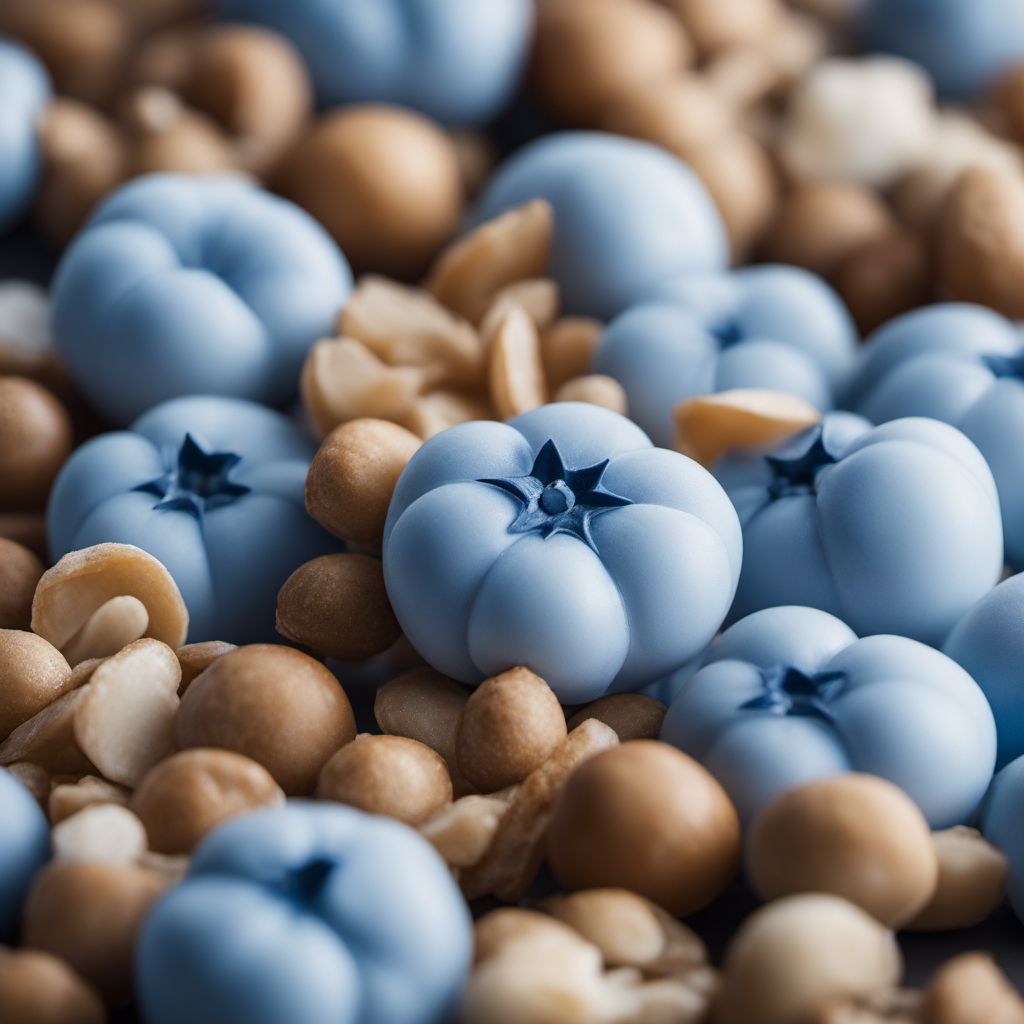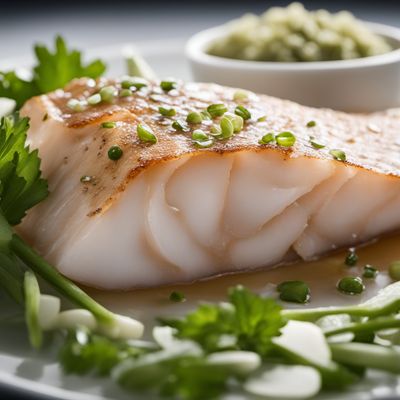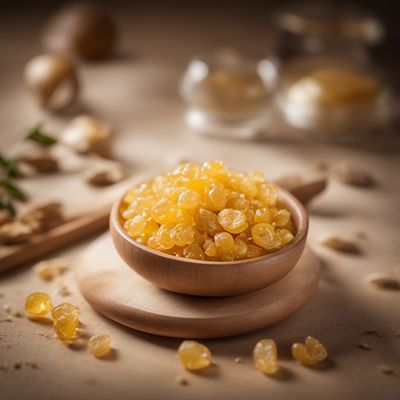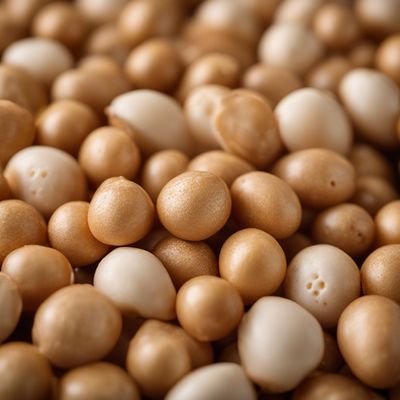
Ingredient
Blue whitings
The Ocean's Silver Delight
Blue whitings have a slender body with a bluish-silver color and a distinctive forked tail. They have a mild, slightly sweet flavor with a delicate texture that flakes easily when cooked. These fish are often used in dishes like fish stews, fish cakes, or simply pan-fried with a squeeze of lemon.
Origins and history
Blue whitings are native to the northeastern Atlantic Ocean, particularly the waters of the Mediterranean Sea and the North Sea. They have been an important part of European culinary traditions for centuries, with references to their consumption dating back to ancient times. These fish are highly valued for their abundance and sustainable fishing practices.
Nutritional information
Blue whitings are a good source of lean protein, omega-3 fatty acids, and essential minerals like selenium and phosphorus. They are also low in calories and fat, making them a healthy choice for seafood lovers.
Allergens
Blue whitings may contain allergens such as fish proteins, which can trigger allergic reactions in some individuals. It is important to exercise caution and consult with a healthcare professional if you have known fish allergies.
How to select
When selecting blue whitings, look for fish with clear, bright eyes, shiny skin, and a fresh, mild aroma. The flesh should be firm to the touch and have a vibrant silver color. Avoid fish with dull or discolored skin, strong fishy odors, or signs of sliminess.
Storage recommendations
To maintain the freshness of blue whitings, store them in airtight containers or sealed plastic bags in the refrigerator. They are best consumed within 1-2 days of purchase. If freezing, wrap the fish tightly in plastic wrap or place in freezer bags, removing as much air as possible. Frozen blue whitings can be stored for up to 3 months.
How to produce
Blue whitings are primarily caught in the wild, but they can also be farmed in some regions. To produce blue whitings, one would need access to suitable fishing grounds or establish a fish farm with appropriate facilities and equipment.
Preparation tips
Blue whitings can be prepared in various ways, such as grilling, baking, frying, or steaming. They are often marinated with herbs, spices, and citrus juices to enhance their delicate flavor. Blue whitings can be served as a main dish, incorporated into salads, or used in fish soups and stews.
Culinary uses
Blue whitings are commonly used in Mediterranean and European cuisines. They are often featured in traditional dishes like Spanish fish stew, French bouillabaisse, or Italian fish risotto. Blue whitings can also be used to make fish cakes, fish tacos, or as a filling for fish pies.
Availability
Blue whitings are commonly available in countries such as Spain, France, Italy, Portugal, and the United Kingdom. They can also be found in some parts of North America, particularly in seafood markets or specialty fishmongers.
More ingredients from this category

Haddock
The Versatile White Fish

Whiting
The Delicate White Fish

Ling
The Delicate Delight

Norway pout
The Silvery Delight: Exploring the Culinary Wonders of Norway Pout

Pollack, pollock
Versatile White Fish

Alaska pollock
The Versatile Delight: Alaska Pollock

Grenadiers
Exquisite Ocean Gems

Hakes
The Versatile Hake

Tusk
"The Ivory of the Sea: Exploring the Delicate Flavor of Tusk"

Cod
The Versatile Delight